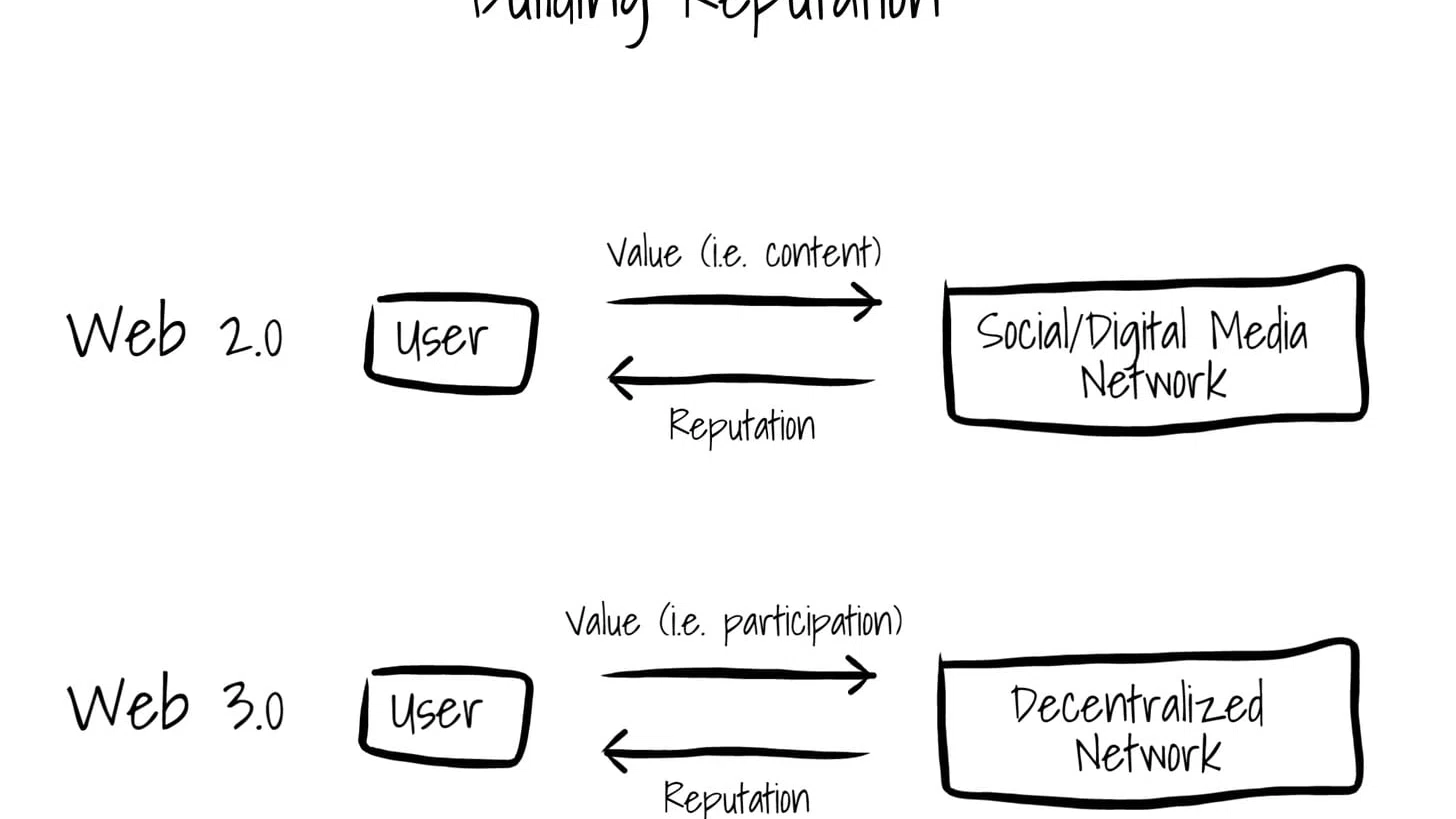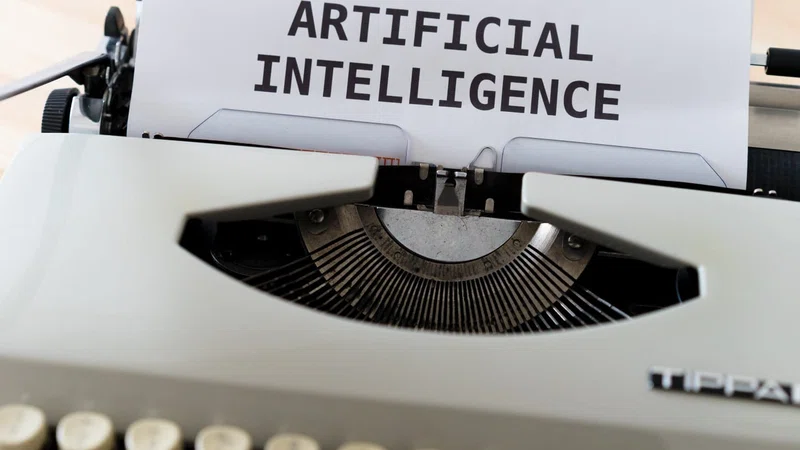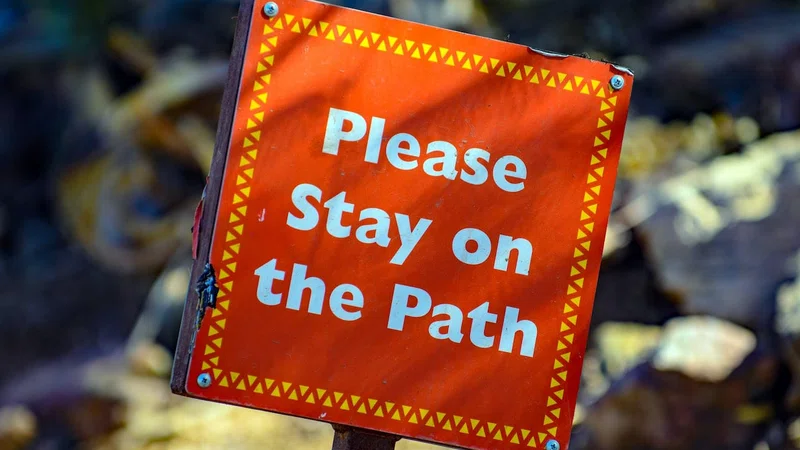A few minutes after publishing last issue on DAOs, I wanted to change something. In my parting thoughts, I wrote that “future college graduates may chose to work for a DAO instead of a company”. The problem with that statement is it conflates two different reputation systems - the education system and Web 3. It assumes kids in the future will gain reputation and professional credentials on the same structured, linear path that I did - elementary school, middle school, high school, college, then grad school.
They won’t, or at least not exclusively.
If the last decade of the Internet has taught us anything, it is that young people today can develop and monetize reputation outside the education system. Influencer culture is proof of that.
Our education system is only one type of reputation and credentialing system. Social media, gaming, Github, bootcamps and soon, on-chain activity in decentralized networks, provide forms of reputation that exist outside the framework of the education system.
In this issue, I’m going to explore (more likely stumble through) an explanation that will look at the modern education system, how reputation is established in Web 2 vs. Web 3, and how that impacts professional opportunities.
This is a continuation of the conversation we started in Reputation and DeFi and What is a DAO .
Let’s zoom in…
Old School Reputation
The education system serves many purposes, but one of the most important is as a credentialing system. Elementary school, middle school and high school are there to give you a strong foundation, and you need to complete each step (a credential) before advancing to the next.
The higher you go, and the closer you get to the “real world”, the more education serves as a filtering mechanism. The college or grad school you attend has a big impact on the professional opportunities you receive. As someone who didn’t attend a top tier law school, I can tell you many top tier law firms didn’t recruit from my school. It is what it is.
When you are looking for your first job out of school, the only reputation you have is the credential you received when you graduated. And we pay a lot of money for that credential.
Once you are out of school and working, the game changes of course. Where you went to school becomes less important every year. Once you get into your first job, you get a clean slate and a new set of credentials become relevant. It is the quality of the company you work for, your title, experience and ultimately, your performance.
The point here is that you are collecting credentials and reputation the entire time, and they have a market value that open doors in the real world.
Web 2.0 Reputation
As a kid or young adult, there aren’t too many ways to establish reputation or credentials outside of school and sports. That form of reputation is localized, usually tied to a particular geography - your school, or your home town.
Web 2.0 changed that.
The younger generation can develop online reputation and credentials on social (Instagram, Twitter) and digital media (Youtube, Twitch) networks.
If you aren’t convinced of the impact this has, I want to reintroduce a graphic I used a few weeks ago showing what kids today want to be when they grow up. 30% of kids in the UK and US want to be Vloggers/Youtubers.
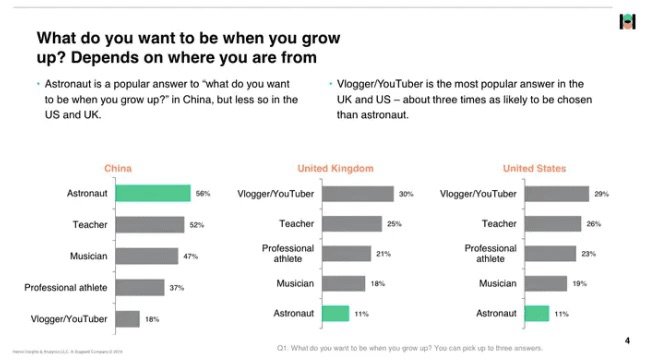
These statistics are troubling to me for a lot of reasons, but they prove my point. An entire generation, from a very young age, understands the value of online reputation and the professional opportunities that having it can create. The higher education system knows this, and many universities now offer courses, and in some cases entire degrees, on social media/influencer marketing.
Two observations of Web 2.0 reputation and credentialing systems…
First, they are platform specific. The reputation you develop on Instagram doesn’t automatically transfer to Youtube or Twitter, and vice versa. Your reputation is actually a platform asset, and the platform lets you use it for free as long as you comply with the platform’s rules. If you don’t, your account (and reputation) can get suspended or deleted. What a mind f*ck.
Second, everything revolves around content creation. This is because the pre-blockchain Internet was 100% content. Nothing else was online. Content is a huge design space, but there are a lot of other ways reputation is built in the real world that have nothing to do with content creation.
Web 3.0 Crypto and DAOs
In Web 3.0, the design space for online reputation and professional opportunities gets a lot bigger, more closely resembling the variety that exists in the real world.
In 2021 we have cryptocurrency networks, NFTs, dApps, DeFi protocols, and DAOs. There are so many more types of networks to participate in and add value to.
Let’s see how my Web 2.0 observations hold up in Web 3.0…
First, the reputation and credentials you receive in Web 3 are specific to you, not an app or platform. They are portable, and can’t be suspended or deleted. This has an upside and a downside. The upside is the value you provide in one corner of Web 3 can be rewarded in another corner. The downside is a poor reputation follows you, just like real life. I actually think the downside is really an upside in disguise, because it holds people accountable for their actions.
Second, very few things involve content creation. For proof-of-stake blockchain networks, you can run a staking node or delegate to one. For DeFi protocols, you can contribute liquidity or trading strategies. For DAOs, you can vote, participate on a committee, or submit a proposal. All of your actions are memorialized on blockchains, creating an immutable record of the value you have provided to the network/community.
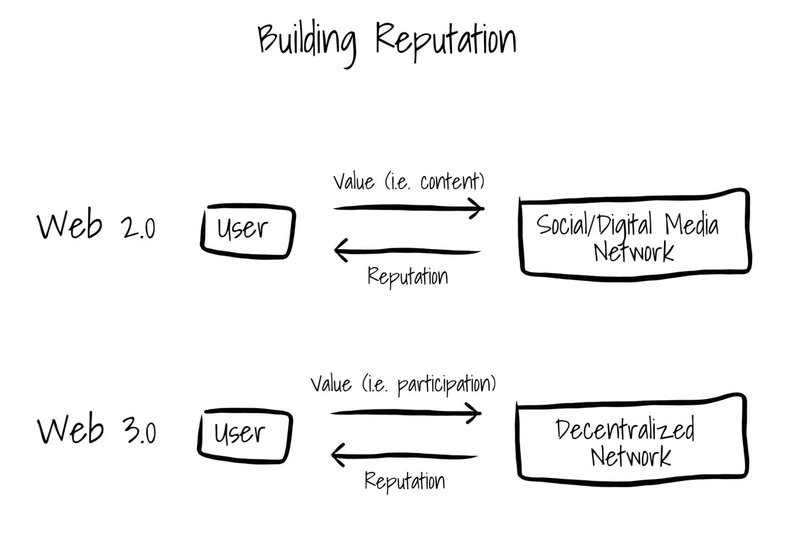
Here’s an example:
You own COMP tokens and actively participate in Compound protocol governance. You vote on every proposed change, and even submitted a proposal that was approved by tokenholders and integrated into the protocol. You received the “Governance Veteran” NFT from Compound - a credential representing your extensive protocol experience. The requirements to receive the Governance Veteran NFT are well known in the industry.
Your experience is immutably recorded on-chain, and your name appears on a reputation leaderboard.
Next month, another DAO needs contributors with governance experience, and they prioritize people with experience on other protocols. Your Governance Veteran NFT is a signal to the DAO that you have relevant experience and would likely be a high value contributor.
For the last few years, the pain point around Web 3 has been the user experience. Fortunately that is changing. Better user interfaces and incentive models are solving the problem, and the Web 3 experience is starting to resemble social media and video games. Just another step toward the final destination…VR and the Metaverse!
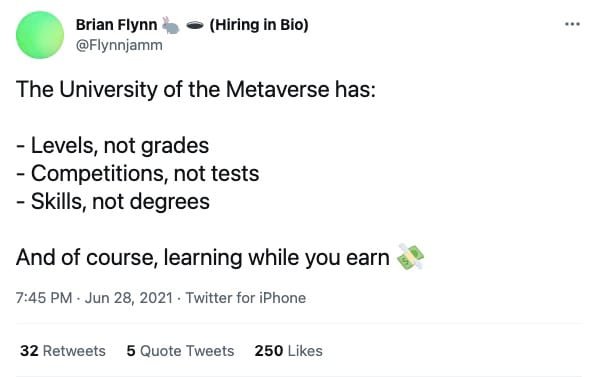
Parting Thoughts
If all this sounds far-fetched, it really isn’t. It is a necessary intermediate step towards a Metaverse that has all of the social and professional dynamics of the real world.
In the next 10 years, I expect to see two things:
- An updated bar graph like the one referenced above showing 30% of kids around the world wanting to pursue a career as a participant in the largest Web 3 networks/DAOs.
- Universities creating curriculums for Web 3 participation the same way they offer courses and degrees for social media/influencer marketing today.
Thanks for reading.
Andy
